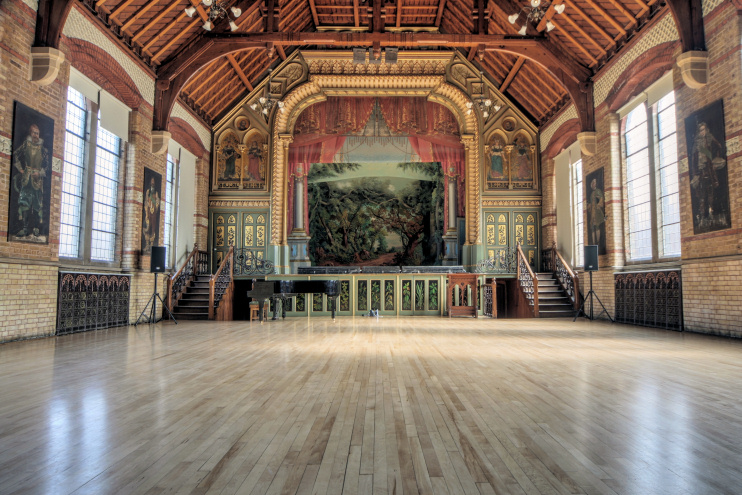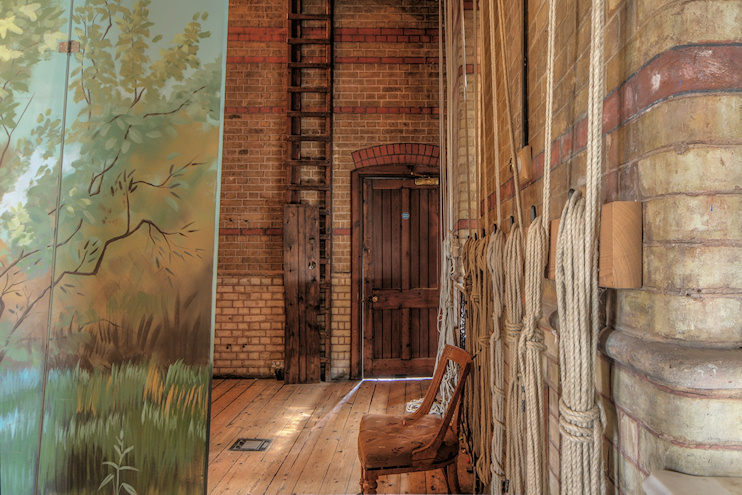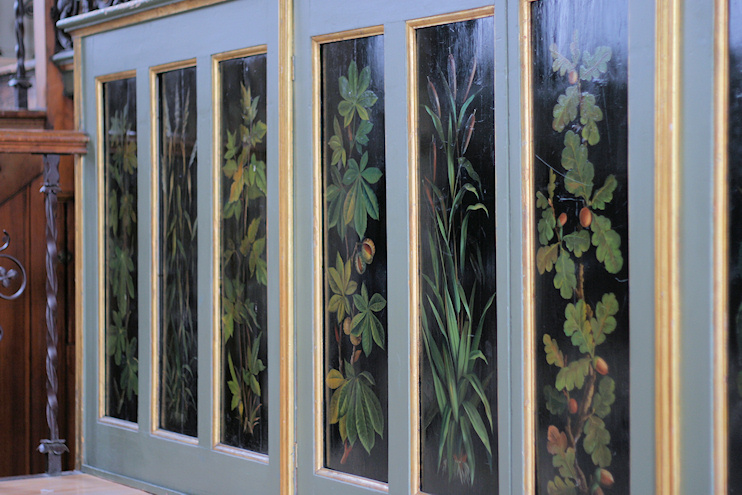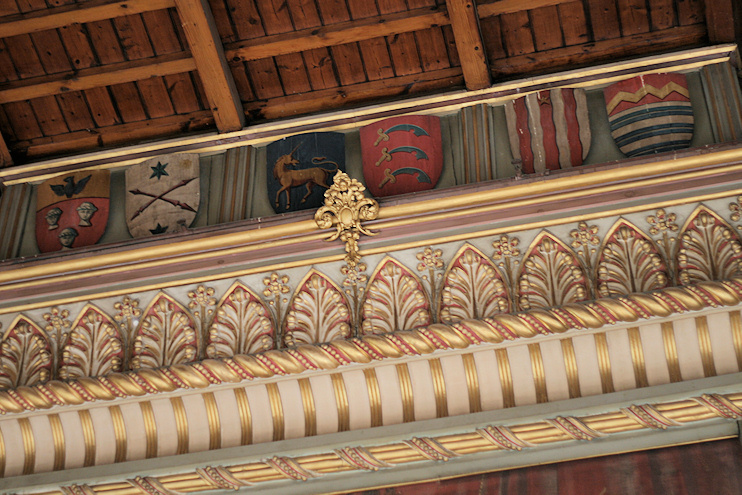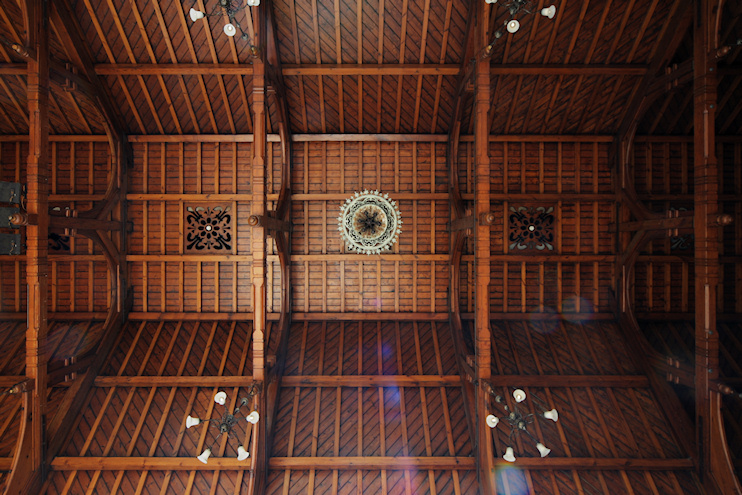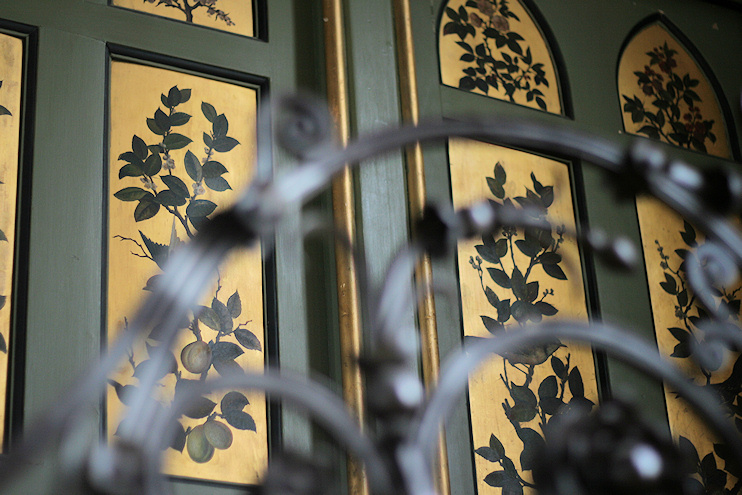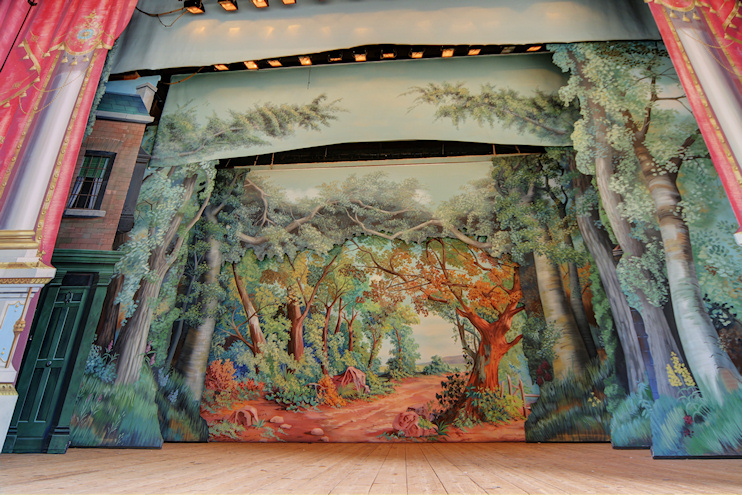Normansfield Theatre
Unique Victorian playhouse in an unlikely setting
Normansfield Theatre, Hampton Wick
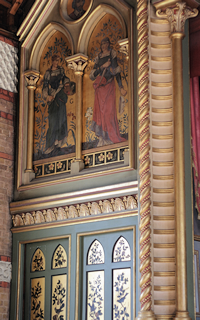
John Langdon Down was born in 1828 in a room above his father’s grocery shop in Torpoint, Cornwall. His medical career began with an apprenticeship to a surgeon practitioner in Whitechapel, followed by very successful periods of study at the Royal Pharmaceutical Society and the London Hospital.
Dr Langdon Down’s well-respected talents and his concern for the welfare of people with learning disabilities gained him the position of medical superintendent of the Earlswood Asylum for Idiots in 1858. Two years later he married Mary Crellin at Hackney’s Mare Street Congregational chapel.
In 1866 Langdon Down published a paper on the ‘ethnic classification of idiots’. This was in many ways a misguided piece of research but its seminal aspect was the description of a condition that he labelled Mongolism, which is now called Down (or Down’s) syndrome.
He resigned from Earlswood in 1868 on a matter of principle and soon afterwards purchased a recently built property called the White House, with five acres of grounds on the Teddington/Hampton Wick border.
With the advice and assistance of solicitor Norman Wilkinson, Langdon Down obtained mortgage facilities to extend the house in order to accommodate residents with learning disabilities in a new training institution. The White House was renamed Normansfield in the solicitor’s honour.
Despite charging fees that only the wealthy could afford, the institution was a success and it expanded rapidly. In 1877 Langdon Down commissioned his friend Rowland Plumbe – who later rebuilt the London Hospital but had no previous experience of designing theatres – to create an entertainment hall at Normansfield. The project cost £3,678, which is the equivalent of several million today. The Earl of Devon presided at the opening of the hall in June 1879.
Plays and pantomimes were staged by the care staff and teachers, many of whom had been engaged because they could sing, act or play a musical instrument. On Sundays the hall was used for religious services, with patients and staff providing the choir. Keen theatre lovers, the Langdon Downs also laid on productions for the entertainment of their friends and local worthies.
Normansfield Theatre’s decorative glories include a vaulted ceiling supported by carved pine trusses with a central ‘sun burner’ circle of gas lights. On either side of the proscenium there are pairs of doors, above which are panels with life-sized female figures representing Painting, Tragedy, Comedy and Music. Painting and Tragedy are visible in the photograph above, set in Gothic arched recesses. The doors are approached by steps with ornamental wrought iron balustrades.
Almost all the plasterwork is gilded and the radiators and balcony balustrade are clad in ornate cast iron. The stage riser is lined with botanical panels attributed to Marianne North (who has a gallery at Kew Gardens devoted to her work).

In October 1896 John Langdon Down died suddenly of a heart attack. He was 67 years old. Mary Langdon Down died four years later and their two sons assumed control of the institution.
Normansfield became an NHS hospital in 1951 and it closed in 1997 (as did Earlswood). Two years later the site was sold to Laing Homes and redeveloped as a private housing estate called Langdon Park (which should not be confused, of course, with the station and locality of the same name in Poplar).
As part of the deal, Laing spent £1.4 million to restore and reopen the theatre wing, thanks to a campaign led by the actor Brian Rix. The Theatres Trust, with assistance from the Friends of Normansfield, commissioned the restoration of the theatre’s rare and precious collection of Victorian scenery.
The theatre can be inspected from all angles as part of a visit to the Langdon Down Museum of Learning Disability, which is open for three hours on most Saturdays. The museum’s name is a little misleading – but its website is perfectly clear on the subject: it was established in 2011 to contribute to public understanding of the work of Dr John Langdon Down at Earlswood and Normansfield. It is not a museum of learning disability in all its aspects.
Most of the museum’s collection consists of memorabilia related to Langdon Down and his family, and to some of the people who were in their care. Much space is devoted to works of art and carpentry by James Henry Pullen, an autistic savant who was known as the Genius of Earlswood Asylum. In the photo above right you can see part of Pullen’s model of a man o’ war (1862), which he based on a picture on a pocket handkerchief and an engraving in the Illustrated London News.
Several theatrical and musical companies nowadays stage productions at Normansfield Theatre, ranging from ‘old time’ music hall through choral and classical music to opera. The Langdon Down Centre also arranges various talks and tours. All the events are listed on the centre’s events page.


